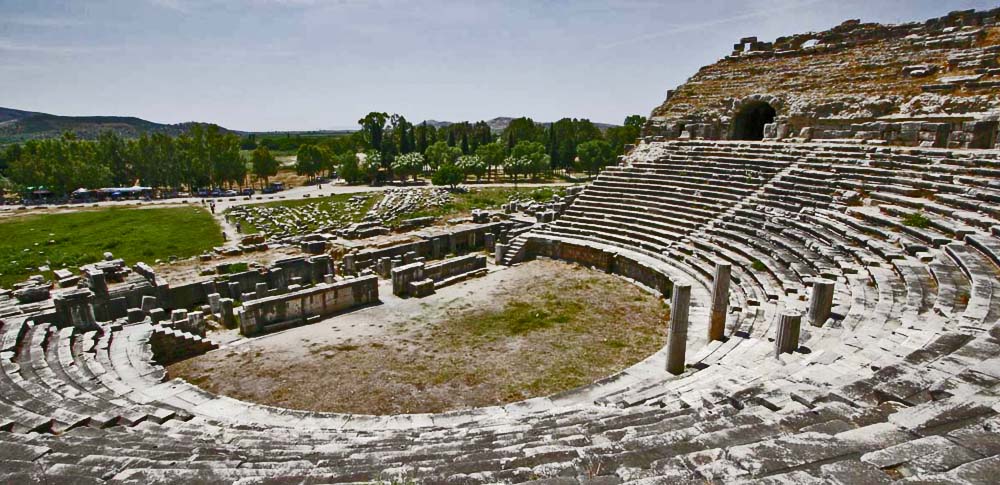Pactolus, the gold-bearing river of Asia Minor originates in mount Tmolus. It was in the proximity of this river that the ancient inhabitants of the area found and used the Lydian stone (lydite). It was a black rock of an extraordinary hardness, a sort of black jasper. They carved on the Lydian stone a trace of a golden object and in this way they could determine the gold content of the object, that is, its carats. It is a method that is still used in order to find the gold content of gold alloys.
The exploitation of gold deposits in Asia Minor began rather early; ancient sources mention that the Lydians exploited mineral gold in the area of mount Tmolus and transported it through the rivers Pactolus and Hermus. However, researchers do not agree on the date the exploitations of the above deposits began. Some scientists believe that the exploitation began in the early Iron Age, others in the second half of the 8th century BC, or even in the 7th century BC. More recently scientists argued that the Pactolus gold was already mined in the 3d millennium BC. However the latest research studies do not confirm that gold was mined in Lydia in such an early period. From what Herodotus mentions about river Pactolus, it can be deduced that the Greeks regarded the city of Sardis as an important precious metals market. Close to very rich gold-bearing deposits on mount Tmolus lied Ephesus. Finally, it is possible that the exploitation of the gold-bearing area in Astyra, close to Abydos, which is reported by Strabo and Xenophon, began in the Classical era. The fact, however, that gold is the second most frequently mentioned metal by Homer cannot be accidental.

